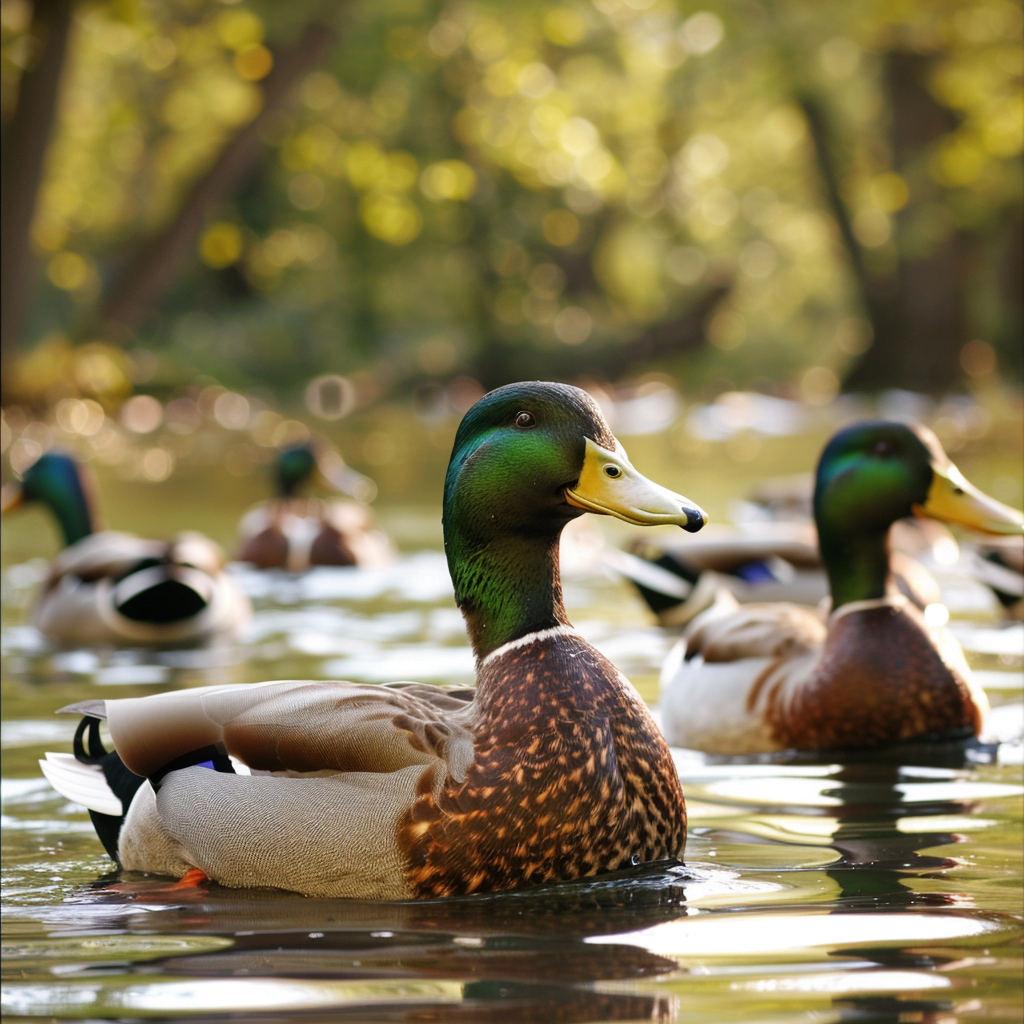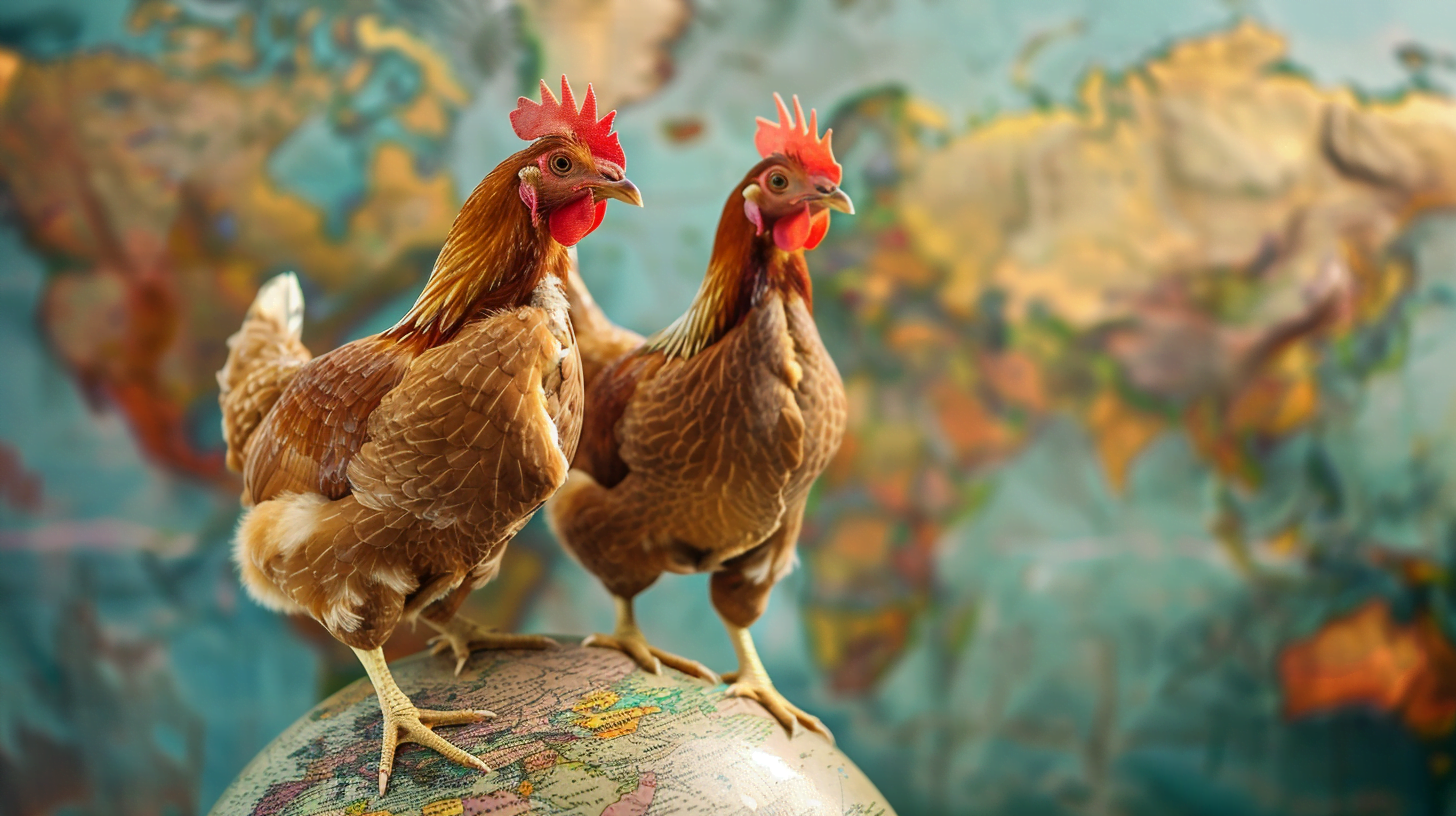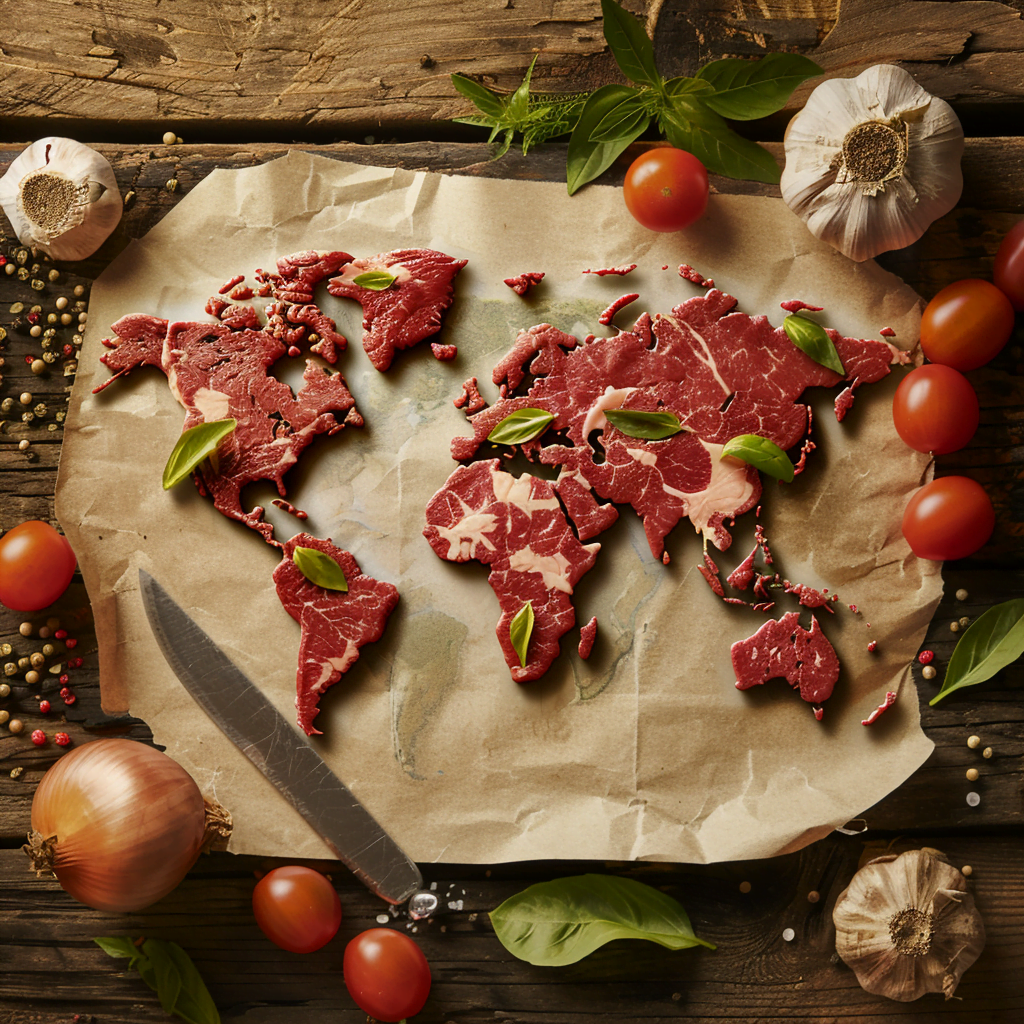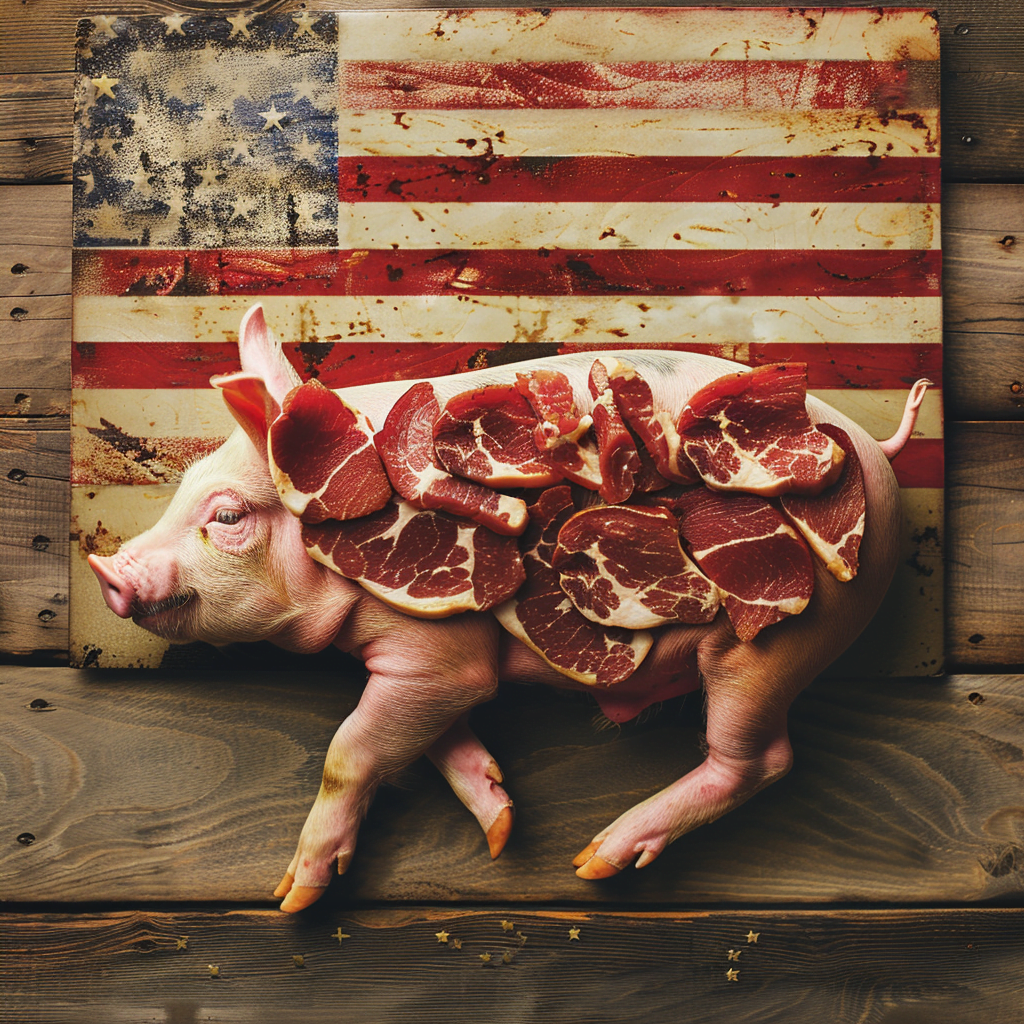Ducks are raised domestically around the world for their meat, eggs, and down feathers. However, some countries have much larger duck production than others. This article “Which Country Produces the Most Ducks” will analyze the top duck-producing countries and the reasons why they dominate the global duck industry.
China – The World’s Top Duck Producer by a Wide Margin
China produced over 4.8 million metric tons of duck meat in 2021, more than the rest of the top countries combined. Some key facts about China’s massive duck production include:
- Accounted for around 67% of total global duck production
- Major duck-producing regions are Shandong, Guangdong, Fujian provinces
- Long history and culture around duck farming in China dating back centuries
- Peking duck is an iconic Chinese dish driving domestic demand
- Government subsidies and incentives also boost production figures
China’s success in duck farming can be attributed to several key factors:
- Huge domestic consumer demand for duck meat and eggs
- More efficient, intensive production systems like vertical farming
- Relatively low labor costs
- Generous government subsidies to duck producers
- Lack of disease outbreaks like avian flu
- Continued investments into innovative breeding and feeding programs
| Year | Duck Meat Production (metric tons) | % of Global Production |
|---|---|---|
| 2016 | 4,250,000 | 66% |
| 2017 | 4,500,000 | 67% |
| 2018 | 4,650,000 | 66% |
| 2019 | 4,750,000 | 67% |
| 2020 | 4,800,000 | 68% |
As shown in the table above, China has continued expanding its duck production, reaching 4.8 million metric tons and 67% global market share in 2020. Their output consistently dwarfs other top producing countries by a wide margin.
China’s duck farming industry continues to grow rapidly as domestic demand for duck remains high. Peking duck is considered one of China’s national dishes, with nearly 60 billion yuan ($9.5 billion) in sales per year. Chinese consumers also have a preference for duck eggs compared to chicken eggs.
To keep up with this demand, China has focused on intensive production systems. Shandong province, which accounts for nearly 20% of the country’s duck production, utilizes vertical farming infrastructure like multi-story duck houses. These maximize space while allowing waste removal and ventilation. Many automated systems for feeding, egg collection and processing have also boosted productivity.
Government support in the form of subsidies, low-interest loans and tax incentives encourages such large-scale investments in advanced duck farming operations. An expansion of China’s high-speed rail network has further enabled transporting more duck products quickly and affordably from production regions to major cities.
India – Second-Highest Duck Producer Globally
India produced over 325,500 metric tons of duck meat in 2020. Some key facts regarding Indian duck production include:
- Andhra Pradesh, Tamil Nadu, West Bengal are major duck producing states
- Rising incomes and demand for duck products fueling growth
- Ducks require less maintenance costs than chicken
- Heat tolerance gives ducks advantages in hot Indian climate
“Duck production has surged in recent years mainly due to soaring consumer demand for duck meat and eggs,” notes Amrita Patel, Director of the National Egg Coordination Committee in India. “Our tropical climate also favors raising ducks with their high heat tolerance.”
Duck farming is growing rapidly across India, but the states of Andhra Pradesh, Tamil Nadu and West Bengal make up over 60% of output. Their tropical climate keeps ducks comfortable while low maintenance costs compared to chickens boost profit margins for farmers.
Rising incomes in urban centers like Mumbai, Delhi and Bangalore is also spurring demand. Duck dishes like spicy Nilgiri duck roast are appearing on more restaurant menus and home kitchens. To keep prices affordable, India has focused on upgrading duck breeding using imported stock. This has boosted egg and meat yields over the past decade.

Vietnam – Fast Growing Duck Producer
Vietnam produced around 317,000 metric tons of duck in 2020. Highlights regarding their rapidly growing duck industry include:
- Major production area is the southern region around Ho Chi Minh City
- Duck farming provides vital income for small scale rural farmers
- Increasing exports of duck meat and fertilized duck eggs
According to Tran Van Quang, a duck farmer outside Ho Chi Minh City: “I have been raising ducks for over 30 years. Demand keeps going up as more Vietnamese want to eat duck in restaurants or at home since it is considered a specialty dish. Duck farming is also less labor intensive than our traditional crops.”
The Mekong Delta surrounding Ho Chi Minh City accounts for over 80% of Vietnam’s duck production. Small scale family-run duck operations with a few hundred birds are common. Farmers note ducks are less prone to disease while thriving in hot humid climates compared to chickens. Their riverine habitats also suit the Mekong landscape.
Ramping up duck exports has been a Vietnamese government priority recently as well. Demand from neighboring Asian countries for affordable duck eggs and meat continues rising. Streamlining trade policies and investments in cold storage infrastructure are helping Vietnam sell more duck products abroad.
France – Established European Duck Producer
France has a long history of duck production, outputting approximately 228,500 metric tons in 2020. Key facts about their duck farming sector include:
- Specializes in fattened Rouen duck breeds
- Foie gras pâté drives domestic demand
- Regulated production with protected geographic indicators
As noted by French agriculture minister Didier Guillaume, “Our ethical foie gras production standards ensure ducks are well treated while meeting consumer demand for these gourmet products. France will always be the global leader in foie gras.”
Duck farming in France is heavily centered around the southwest regions of Aquitaine and Midi-Pyrénées. Farmers focus on raising Rouen ducks specifically for the production of foie gras – fattened duck liver. Force feeding methods have come under scrutiny but remain legal in France to meet culinary demand.
France also has strict regulations designating authenticated foie gras regions. Similar to champagne production, this “Appellation d’Origine Contrôlée” system protects local duck farmers against imitation products. It guarantees consumers are getting authentic, top quality foie gras from ducks raised in southwest France.
Looking Ahead for Global Duck Production
While China currently dominates the duck farming industry by a wide margin, other regions are rapidly expanding output. Developing countries like India and Vietnam have growing middle classes demanding more duck products. Their tropical climates also favor duck production over other meat sources.
In Europe, France maintains its foie gras niche catering to foodies seeking luxury gourmet delicacies. However, animal welfare criticism around force feeding practices remains an issue facing French farmers.
Duck production systems are also becoming more intensive and automated. Following China’s model of vertical farming infrastructure and robotics can optimize output while reducing labor burdens.
At the same time, the risk of avian flu and other duck diseases spreading through concentrated operations cannot be ignored. Implementing stringent biosecurity protocols is essential even for large agribusinesses focused on maximizing production yields.
In summary, while global duck farming has grown steadily over the past decade, China stands in a league of its own regarding output. Their 4.8 million metric tons and 67% market share is unmatched. Still, other emerging economies show great promise in further expanding the world’s appetite for delicious and nutritious duck products.



